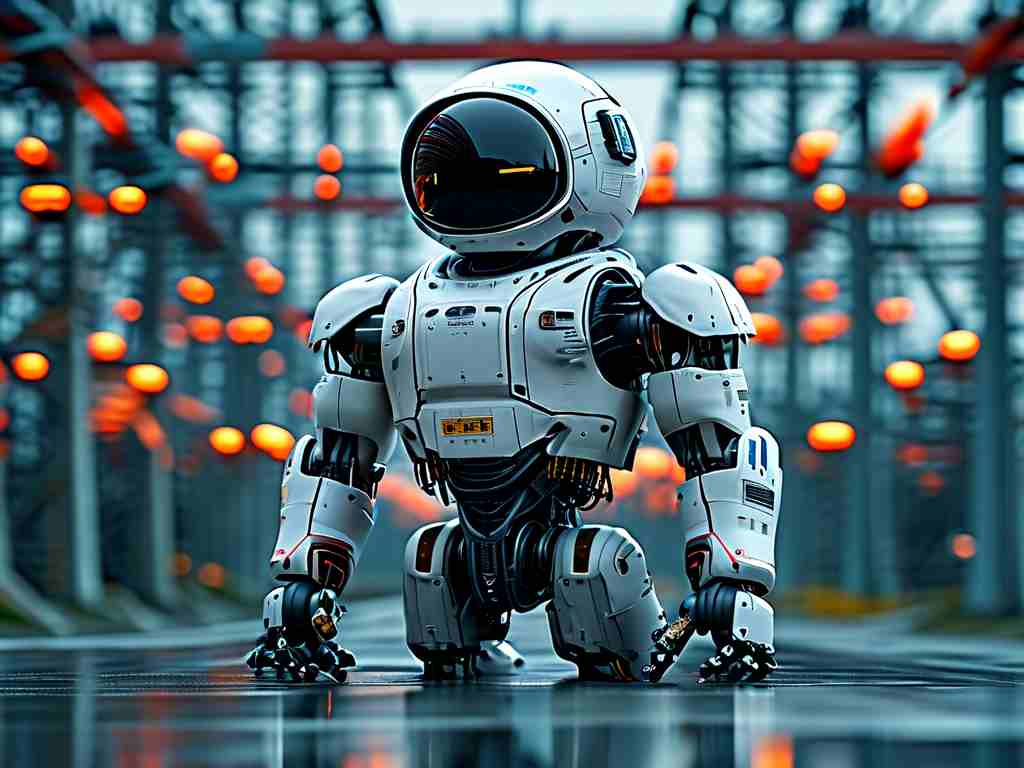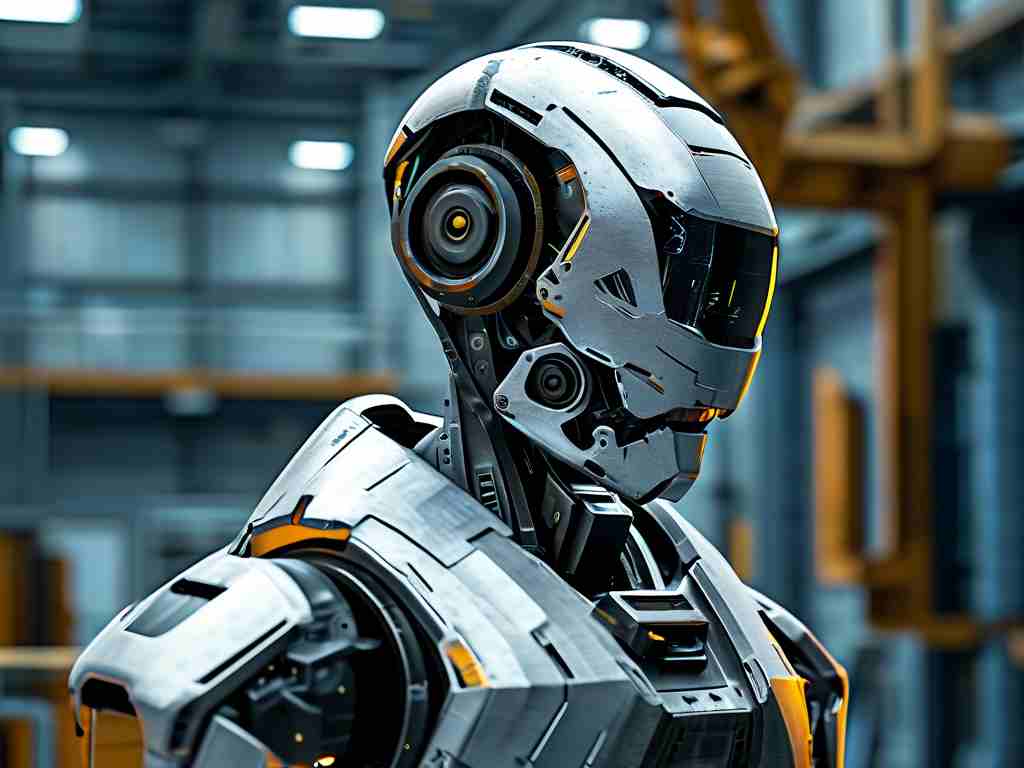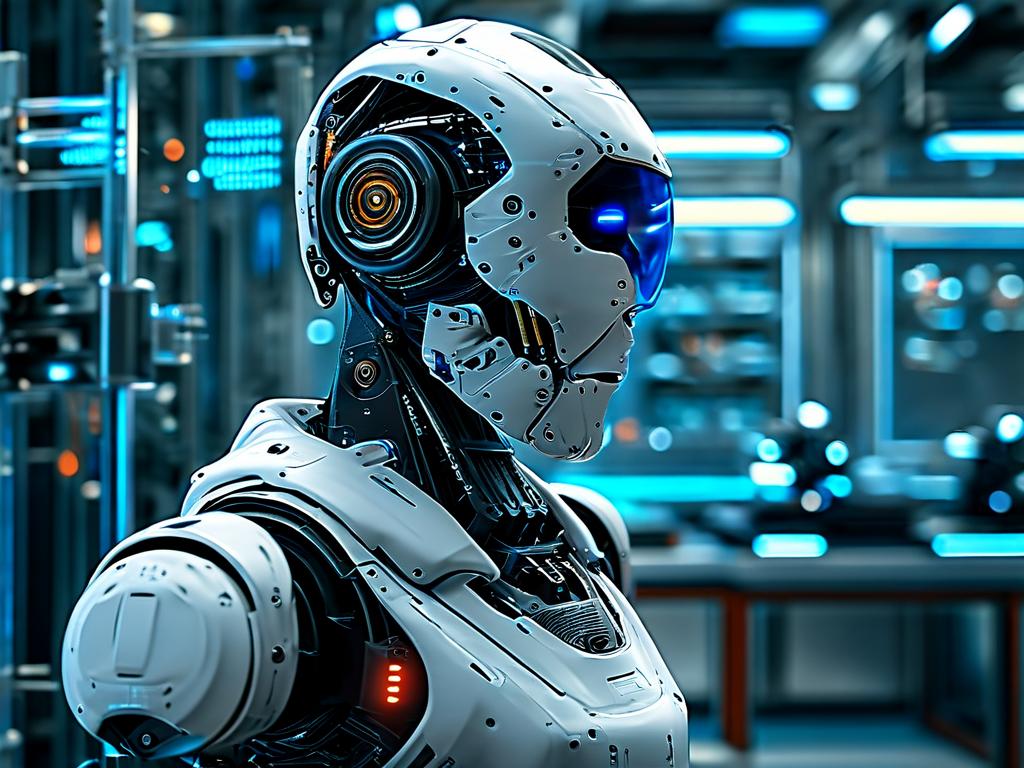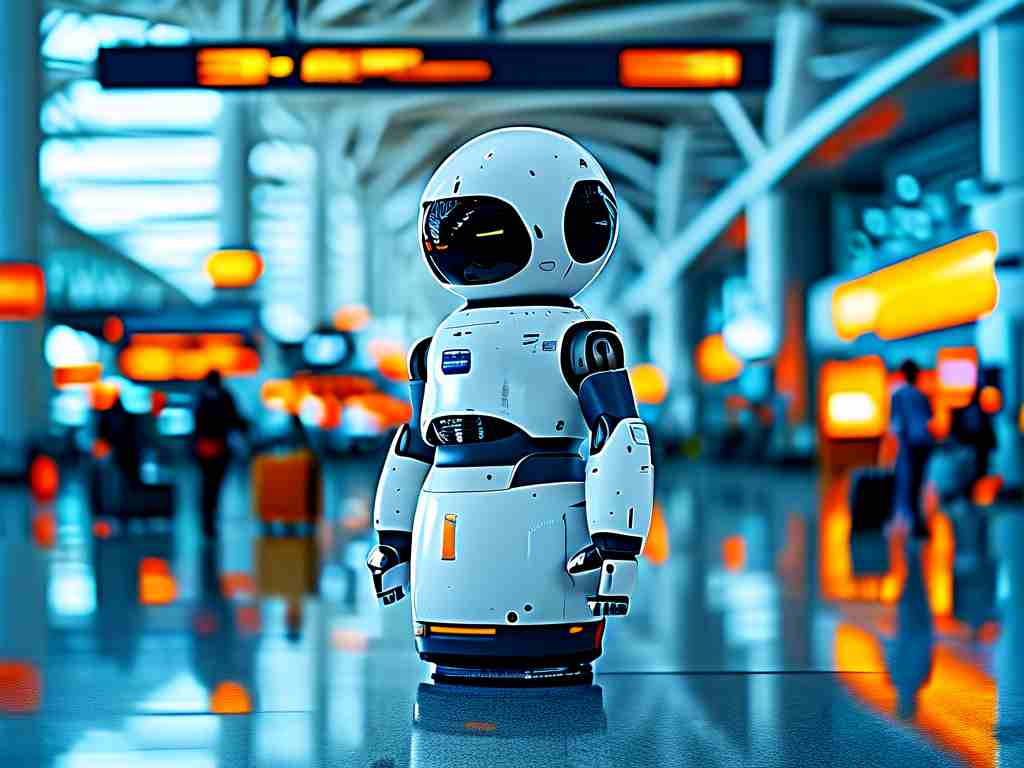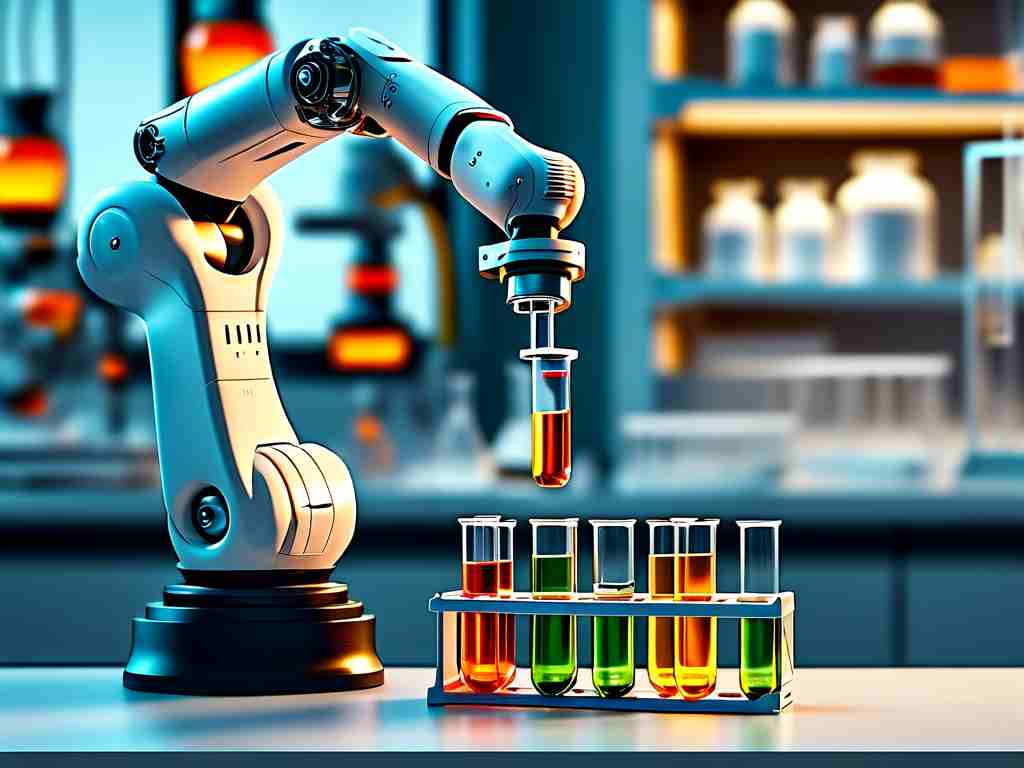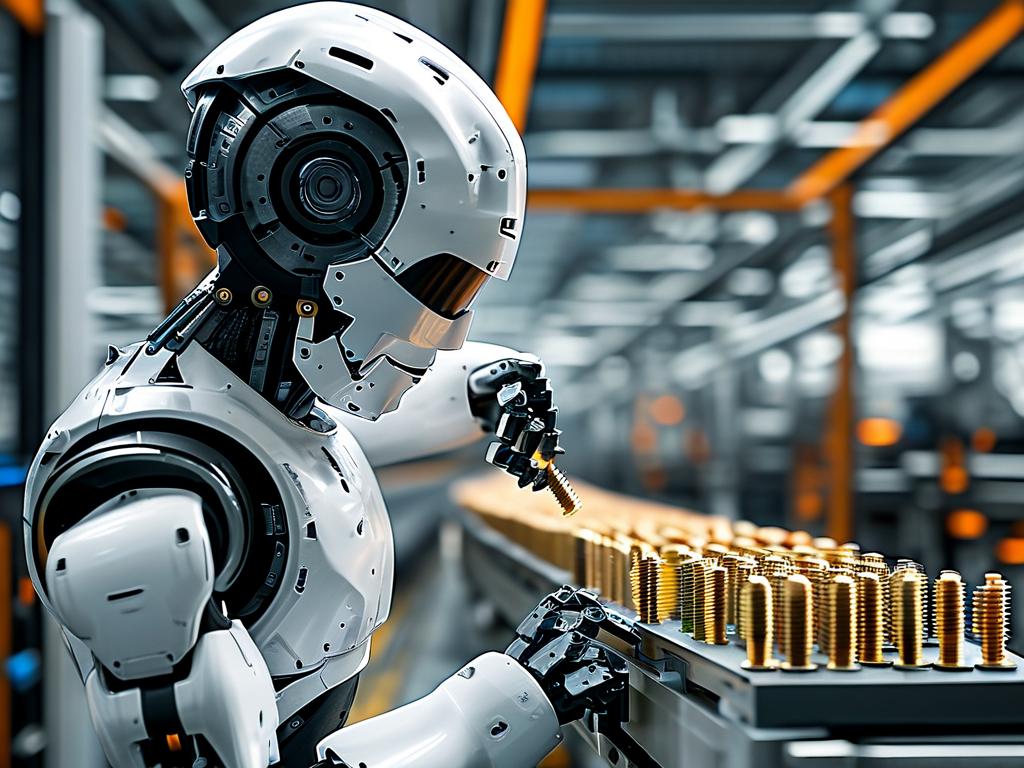The ability of humanoid robots to perform acrobatic maneuvers like backflips represents a pinnacle of engineering achievement. This article explores the technical framework enabling robotic backflips through three core components: electromechanical coordination, real-time stabilization algorithms, and adaptive energy management systems.
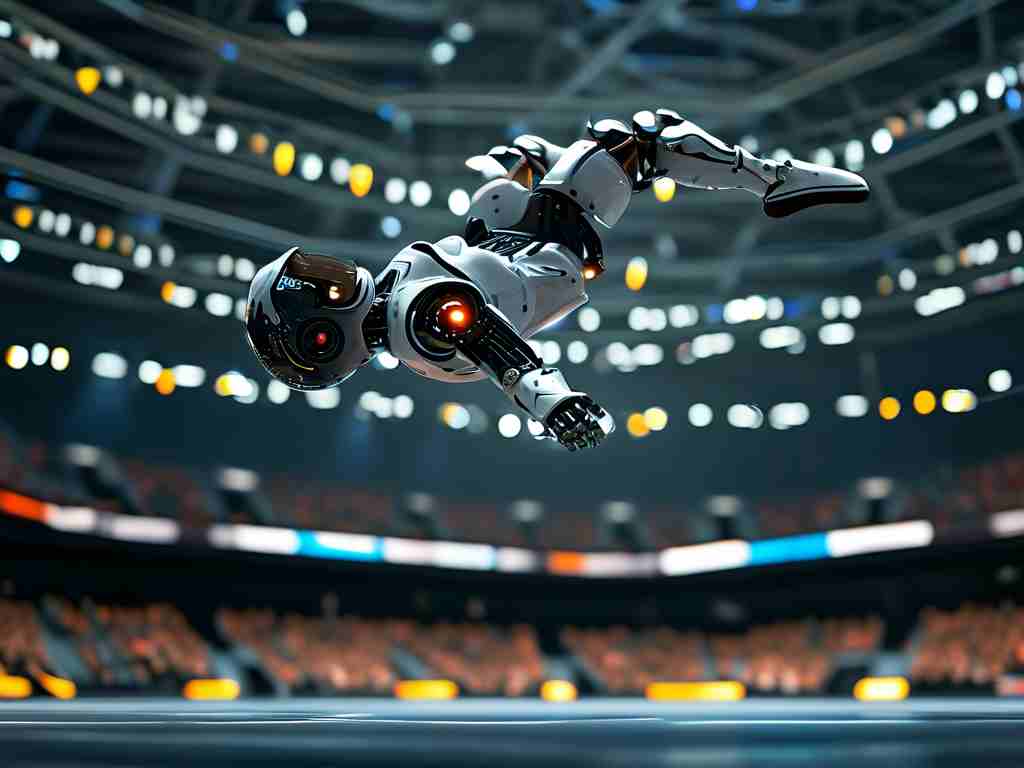
Electromechanical Synergy
At the heart of robotic backflips lies a precisely calibrated musculoskeletal analog. High-torque servo motors replace biological joints, delivering rotational forces exceeding 300 N·m within milliseconds. For instance, the hip actuators in advanced models utilize harmonic drive systems to achieve zero-backlash motion, while knee joints employ liquid-cooled brushless DC motors to prevent overheating during rapid extension. This electromechanical architecture must synchronize limb trajectories within 0.5° angular tolerance to maintain mid-air orientation.
Stabilization Through Sensor Fusion
Momentary flight phases during backflips create unstable dynamics requiring millisecond-level corrections. Integrated measurement units (IMUs) combining gyroscopes, accelerometers, and magnetometers feed 2,000 Hz data streams to central processors. Researchers at ETH Zurich recently demonstrated how Kalman filter variants process these inputs to estimate body position with <3 mm error margins. Concurrently, foot-mounted force-sensitive resistors (FSRs) detect ground contact within 0.01-second resolution, triggering pre-programmed landing sequences.
Energy Redistribution Algorithms
Successful backflips demand precise energy allocation across movement phases. During takeoff, robots leverage variable-frequency drive systems to store kinetic energy in rotating masses, achieving lift-off velocities exceeding 4.2 m/s. Mid-flight optimization algorithms then redistribute angular momentum between upper and lower body segments. The University of Tokyo's JAXER project revealed how model predictive control (MPC) adjusts limb inertia ratios in real time, compensating for air resistance variances.
Material Science Innovations
Structural integrity under extreme G-forces remains critical. Carbon-fiber reinforced actuators now withstand 8-12 G impacts during landings, while shape-memory alloy tendons provide vibration damping comparable to biological ligaments. MIT's Cheetah 3 robot exemplifies this through its titanium-reinforced pelvis assembly, which absorbs 92% of impact energy through controlled deformation.
Software Architecture Challenges
The control stack for aerial maneuvers involves nested feedback loops operating at differing timescales. Low-level motor controllers execute position commands at 5 kHz frequencies, while high-level trajectory planners update motion parameters every 20 ms. ROS 2 middleware enables deterministic communication between these layers, with recent benchmarks showing <50 μs latency in critical path messaging.
Testing and Validation
Developers employ hybrid simulation environments combining physical rigs with digital twins. Boston Dynamics' Atlas robot undergoes motion testing on pneumatically actuated platforms that replicate microgravity conditions, allowing engineers to fine-tune algorithms without hardware damage. Statistical validation methods ensure 99.97% maneuver consistency across temperature ranges from -20°C to 45°C.
Future Directions
Emerging technologies like superconducting magnetic bearings promise to reduce joint friction by 40%, potentially enabling multi-rotation flips. Concurrent research in bio-inspired control systems explores replicating human vestibular adaptation mechanisms through neuromorphic processors. As these innovations converge, the next generation of acrobatic robots may achieve unprecedented movement fluidity, blurring the line between mechanical and biological motion.
The engineering marvel of robotic backflips encapsulates decades of progress in mechatronics, control theory, and materials science. From torque-optimized actuators to self-correcting algorithms, each technological layer contributes to creating machines capable of defying gravity with calculated precision. As development continues, these advancements promise to revolutionize fields from disaster response to space exploration, proving that sometimes, looking to human acrobatics inspires the most extraordinary robotic achievements.


